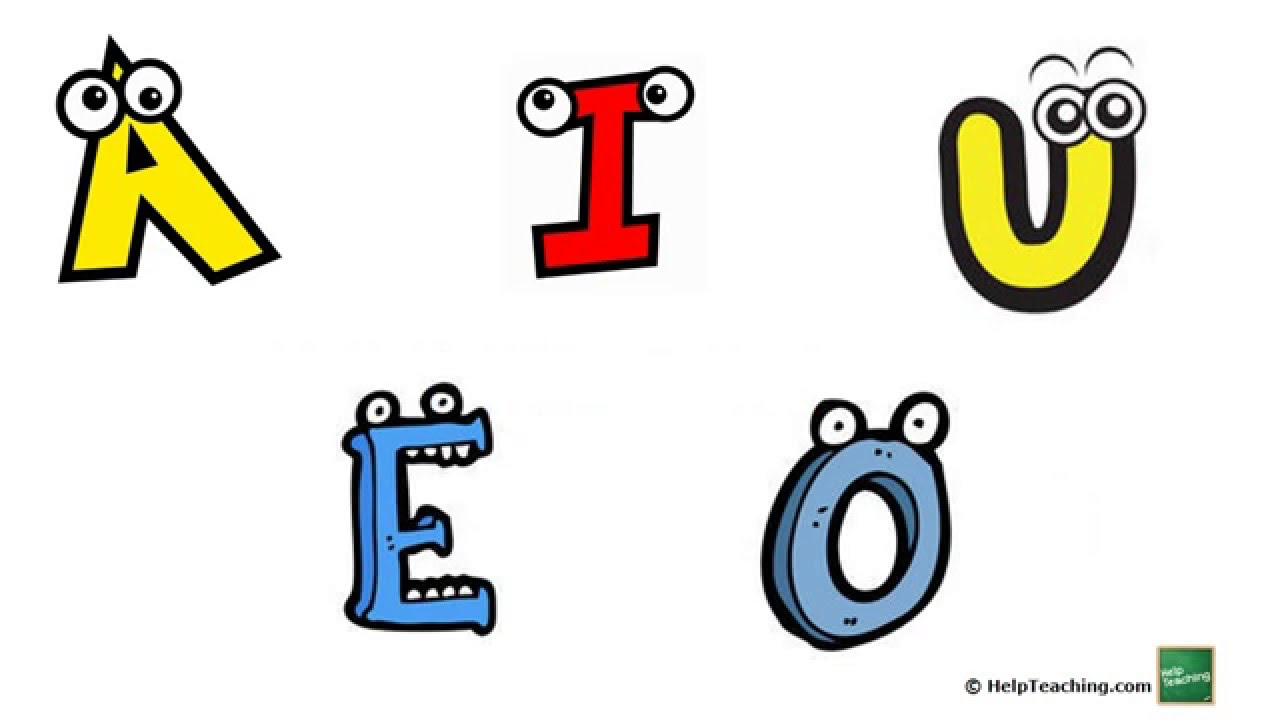What is a VOWEL?
March 28, 2019

What is a Vowel?
We often say “A, E, I, O, U,” but what makes a vowel a vowel? It’s more than just the shape of the mouth or a simple list of letters. At a fundamental level, vowels arise from sound waves passing through the vocal tract—specifically, two adjustable air containers behind and in front of the tongue. When you speak, these containers change shape, affecting how sound resonates.
Sound, Pitch, and Harmonics
- Sound is basically a pressure wave moving through air. Think of it like ocean waves: water doesn’t travel across the ocean, but the wave moves over it. Similarly, air doesn’t rush forward; the wave (higher and lower pressure) does.
- Pitch is how frequently these waves hit your ear, measured in Hertz (cycles per second). If the wave source vibrates faster, you hear a higher pitch.
- Harmonics occur because many objects (including your voice) produce waves at multiple frequencies simultaneously. Although a single note might have a “fundamental” pitch, there are additional overtones above it. Your brain usually merges these into one perceived sound.
Formants: The Key to Vowels
When we talk about “vowel sounds,” we’re really talking about formants—areas of strong resonance in the vocal tract. By moving your tongue and lips, you alter the frequencies that get amplified or dampened. Each vowel has a distinctive “spectral shape,” mostly defined by the first two formants (F1 and F2). No matter the pitch you sing or speak at, you’ll recognize a vowel based on these formant patterns.
Why We Don’t Hear All Those Extra Tones
Even though your voice produces a fundamental tone plus many harmonics, your brain simplifies all that information into a single perceived note. It identifies which frequencies stand out to form the character of a vowel—rather than hearing each harmonic as a separate note.
Wrapping Up
A vowel isn’t just about the letter on the page—it’s about how the vocal tract shapes the harmonic series produced by your voice. By adjusting formants, you create the difference between an “A” and an “E,” regardless of pitch. In other words, managing your formants is what makes vowels sound like vowels.
Vowels are created by resonance in the air pockets of your mouth and throat, shaped by small shifts in your tongue and lips. It’s a fascinating blend of physics, biology, and perception—all wrapped into the simple act of saying “A, E, I, O, U.”
